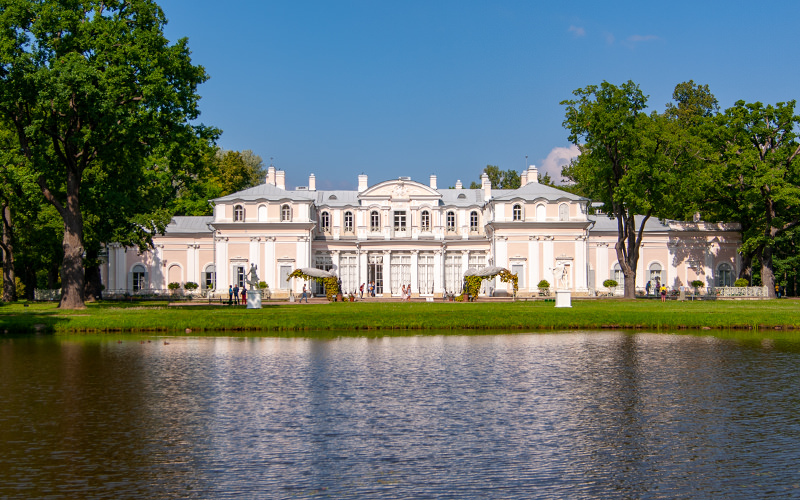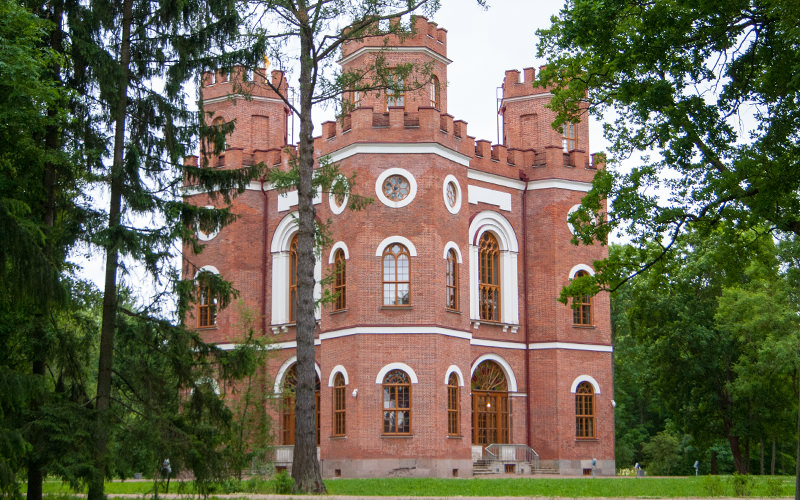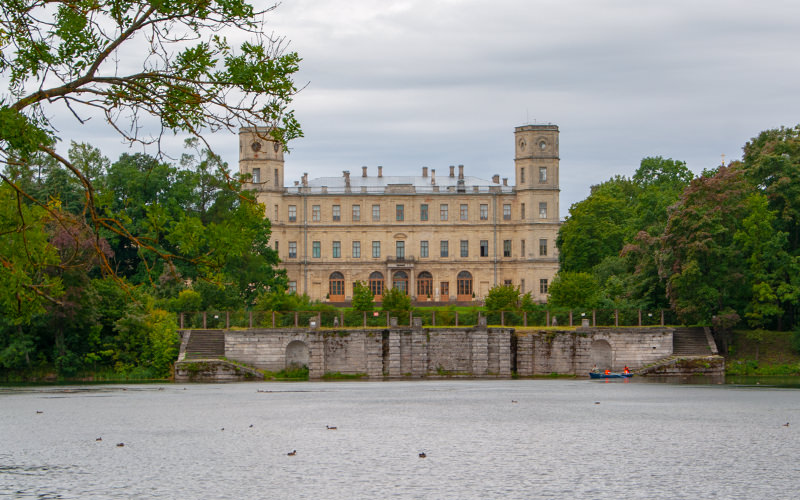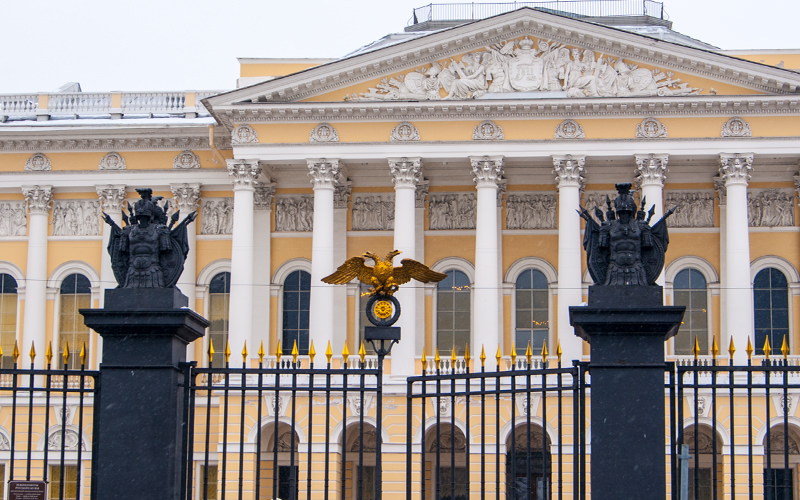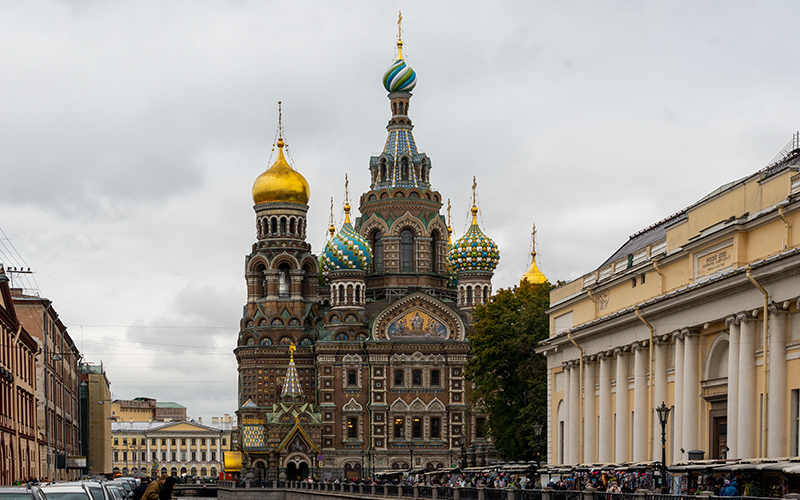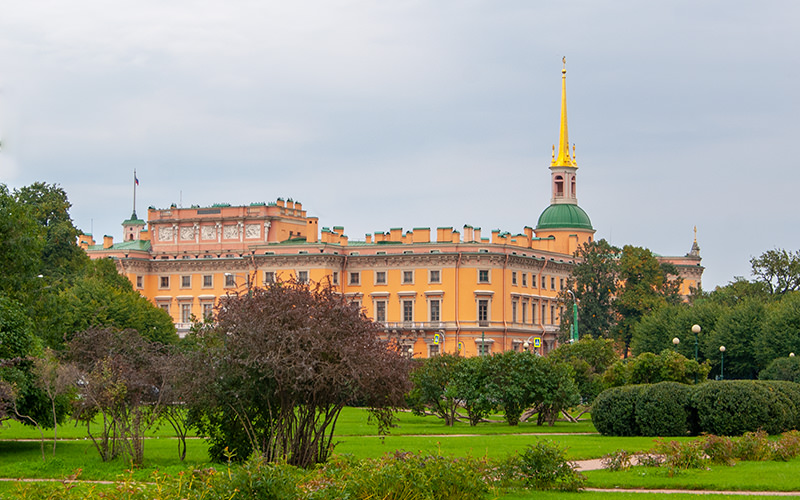Mikhailovsky Garden is arguably one of the most famous parks in the central part of Saint Petersburg, rivaled in popularity perhaps only by the nearby Summer Garden. Its history dates back to the times of Peter the Great, with the most renowned masters of landscape architecture, Bartolomeo Carlo Rastrelli and Carlo Rossi, involved in its creation.
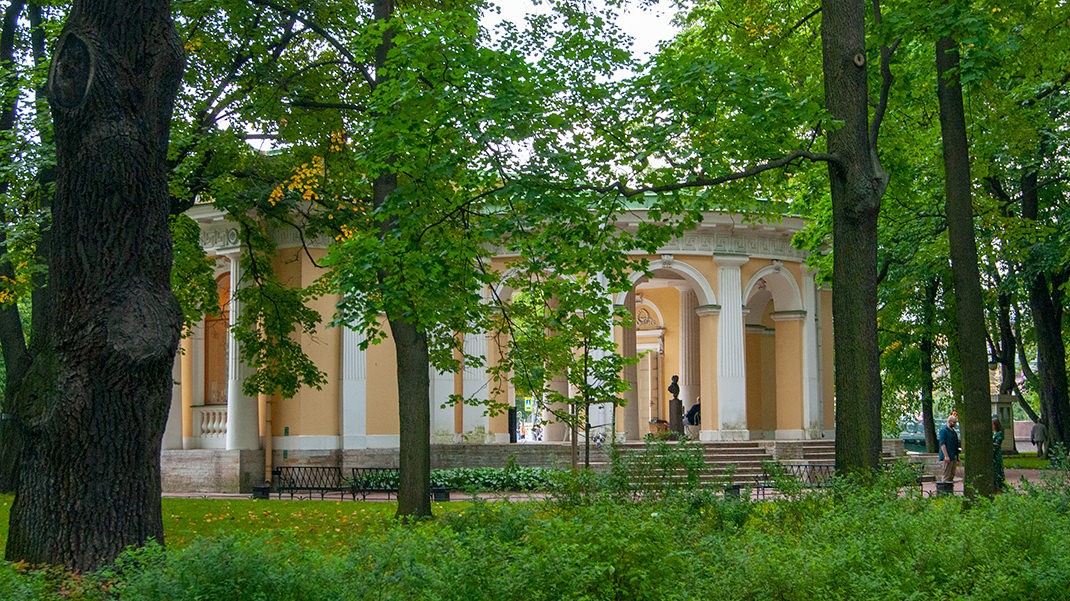
How to Get There
The closest metro stations to the garden are "Nevsky Prospekt" and "Gostiny Dvor." We recommend getting off at "Nevsky Prospekt" so you can stroll along the Griboyedov Canal embankment and admire the magnificent Church of the Savior on Spilled Blood, built in memory of Emperor Alexander II.
A Bit of History
During the Swedish period, the area now known as Mikhailovsky Garden housed various agricultural buildings, an estate, and hunting grounds. In 1712, construction began on a palace for Peter the Great's wife, Catherine, on the site where the Rossi Pavilion now stands.
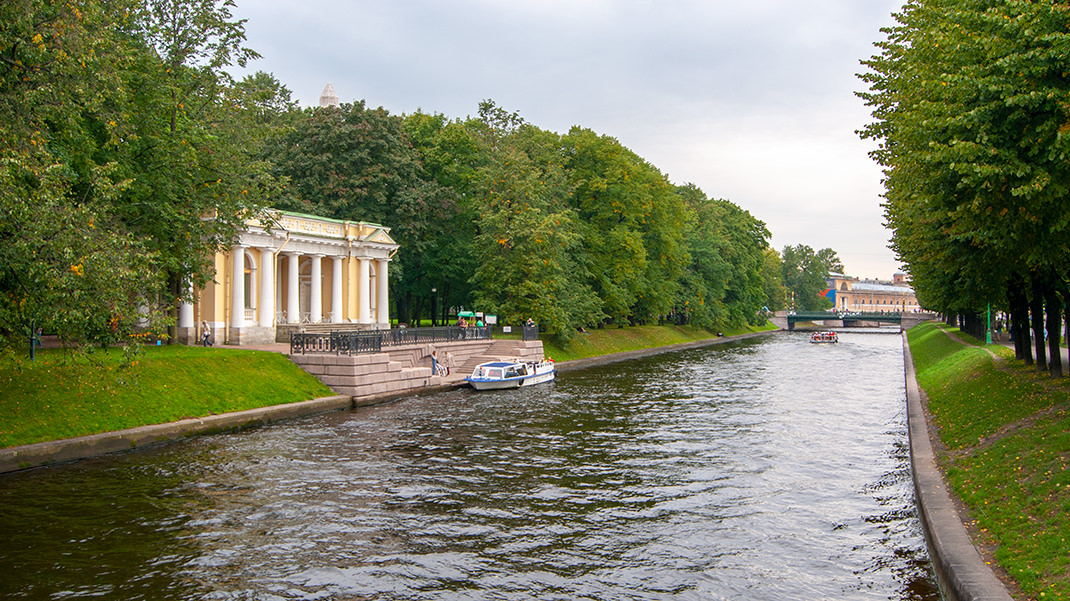
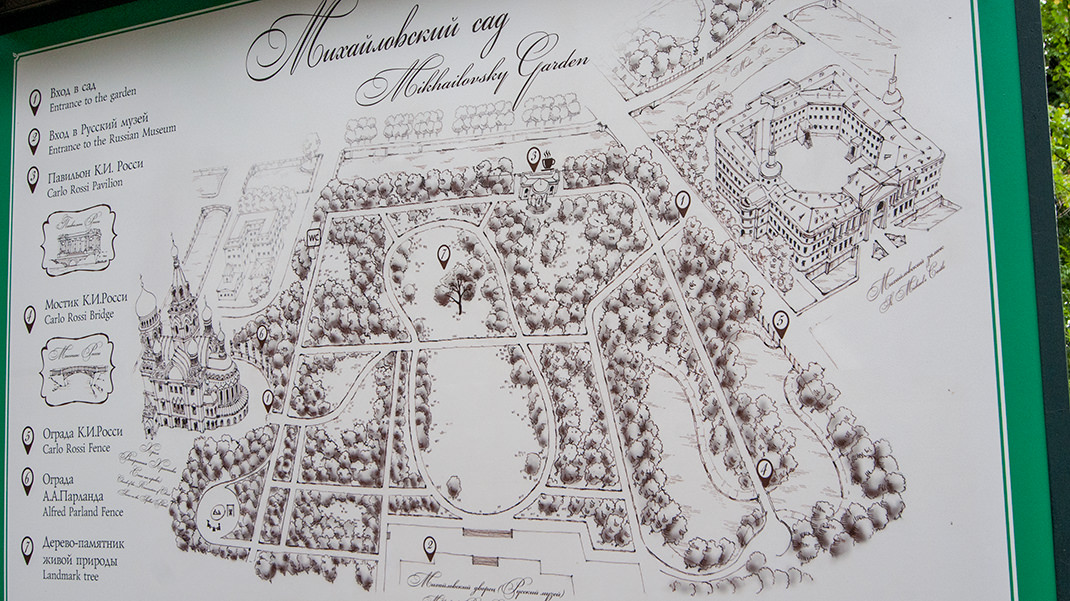
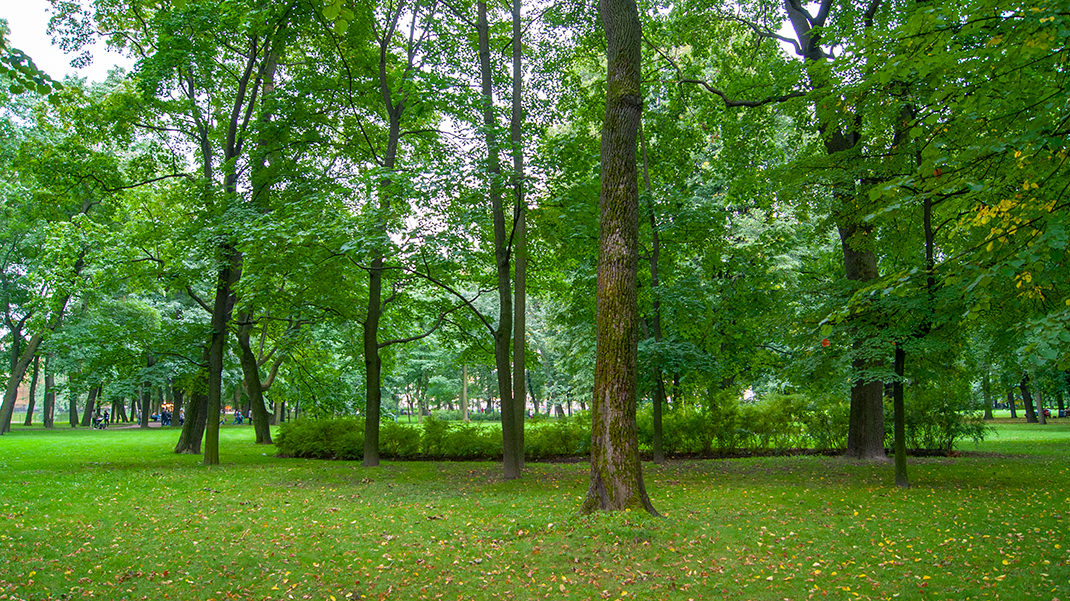
In 1716-1717, Peter the Great ordered the creation of a plan for three Summer Gardens. The first two were located on the site of the modern Summer Garden, while the third was situated where Catherine's palace once stood. This third garden eventually became part of what we now know as Mikhailovsky Garden.
In 1741, Rastrelli began constructing a palace on the site of the present-day Engineers' Castle. However, in 1796, Paul I ordered the palace to be demolished and a new one to be built. The architect appointed for this project was Vasily Ivanovich Bazhenov, famous for designing the Tsaritsyno Imperial residence ensemble in Moscow. In 1800, the Mikhailovsky (Engineers') Castle was consecrated.
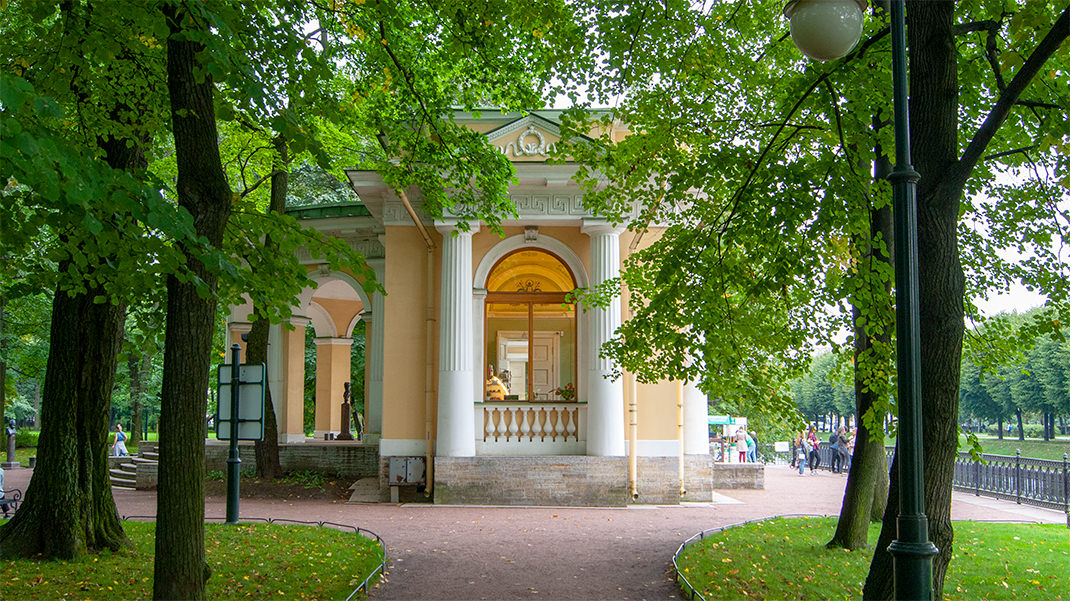
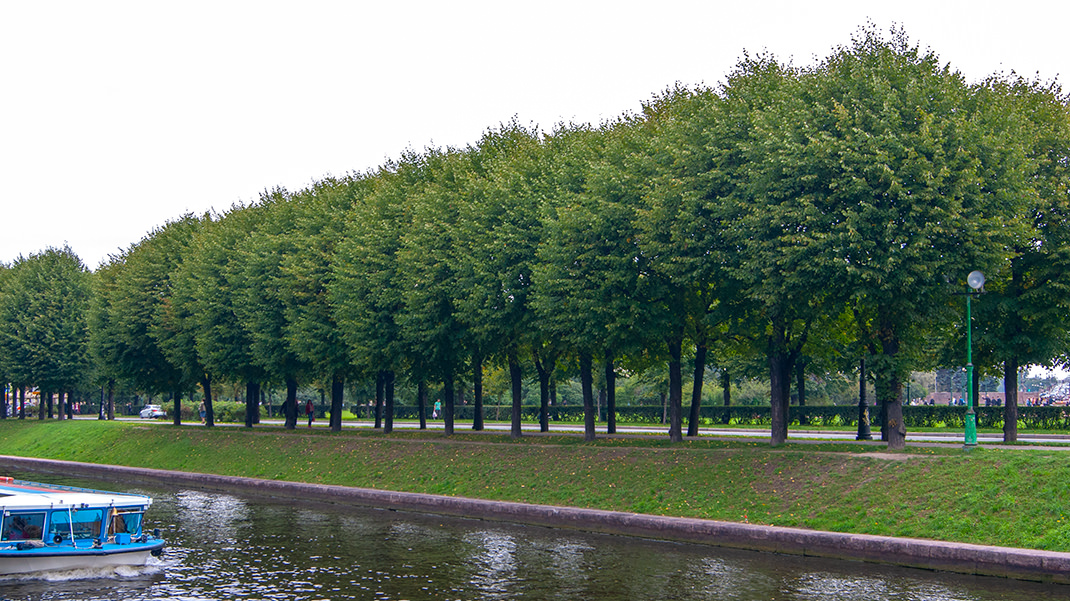
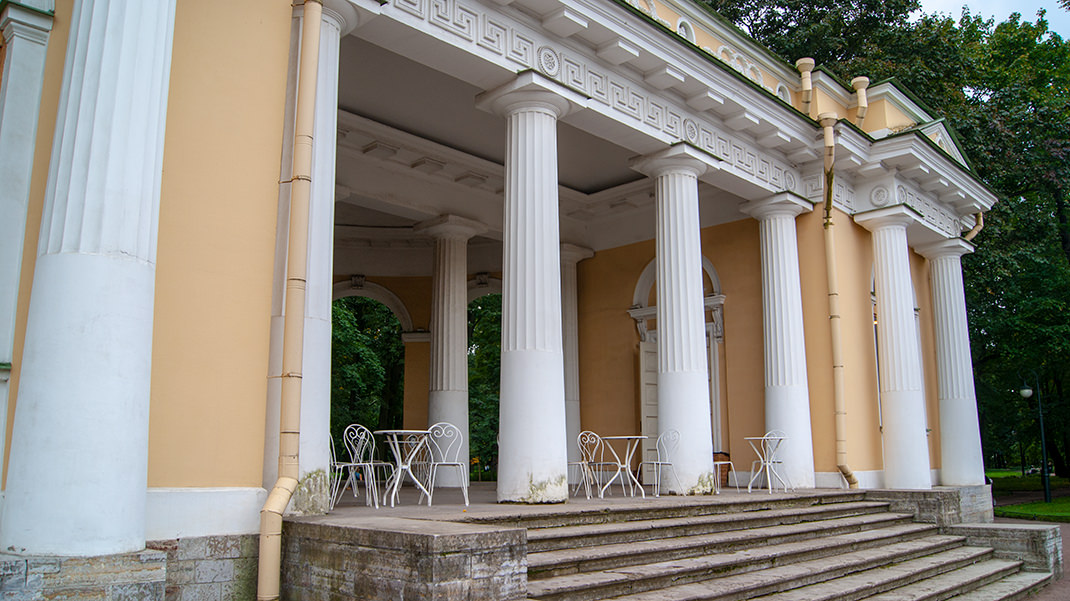
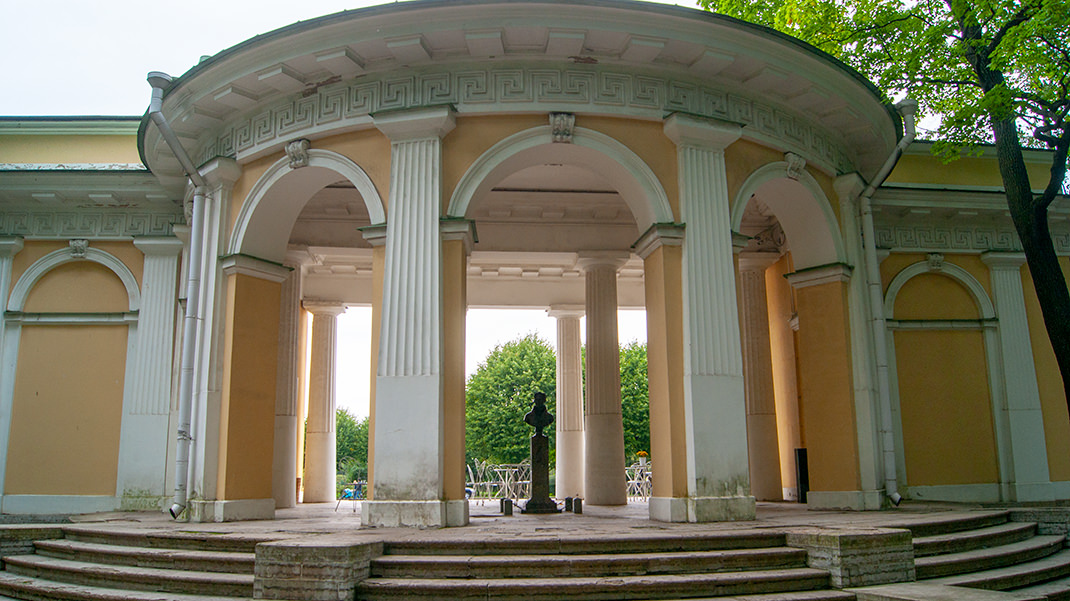
In 1819, Carlo Rossi began work on the construction of Mikhailovsky Palace and undertook a major redesign of the garden. At this time, a pavilion was also built on the bank of the Moyka River, now known by the name of the great architect.
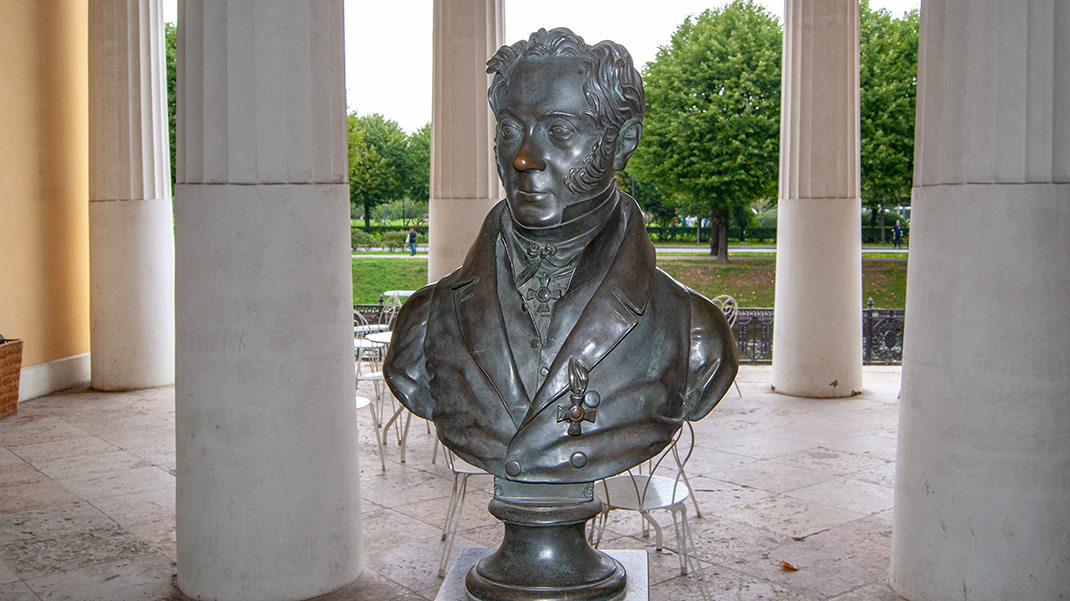
In the 20th century, the garden was subject to chaotic development and changed beyond recognition. The park's territory was reduced in 1902 due to the construction of the Church of the Savior on Spilled Blood. From 1922, Mikhailovsky Garden was known as "MOPR Garden" (International Organization for Aid to Revolutionaries). It featured platforms for performances and exhibitions, children's playgrounds, and even a tennis court. In the 2000s, the garden underwent a comprehensive renovation and restoration according to Carlo Rossi's 1826 design. Today, the park is part of the State Russian Museum.
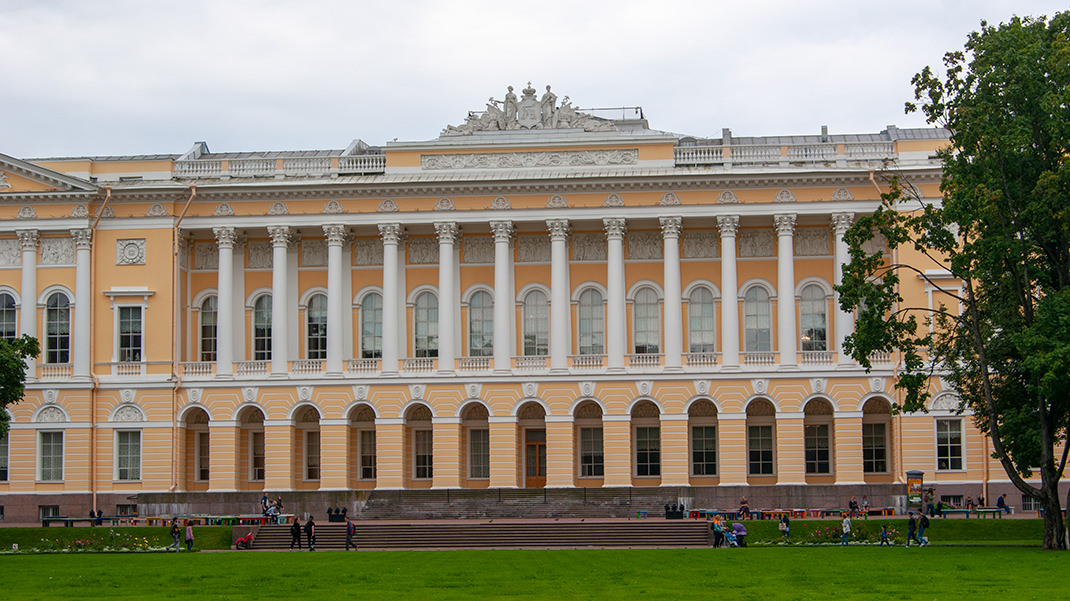
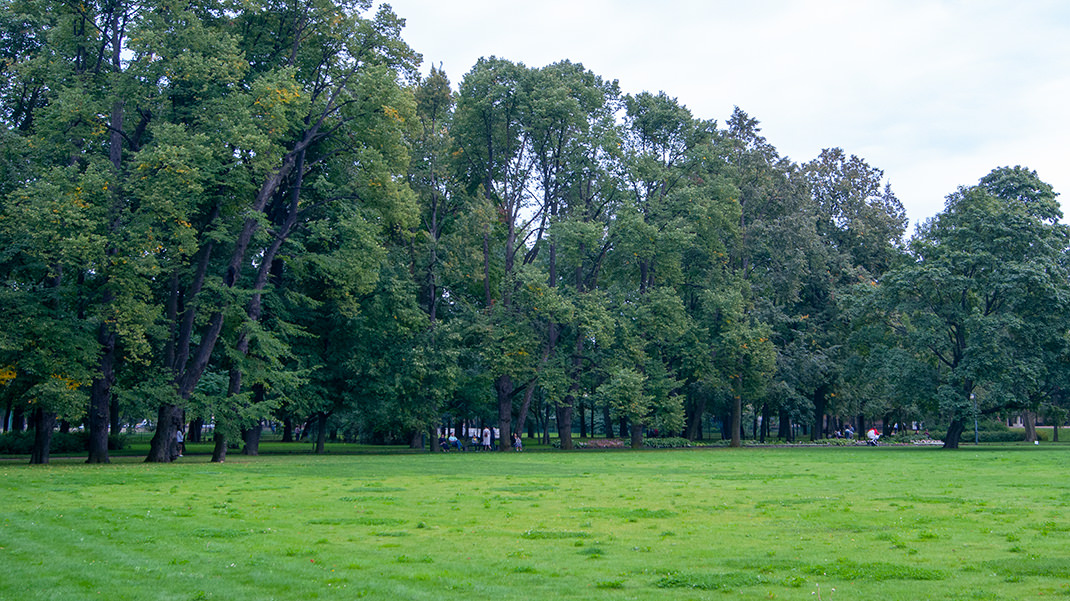
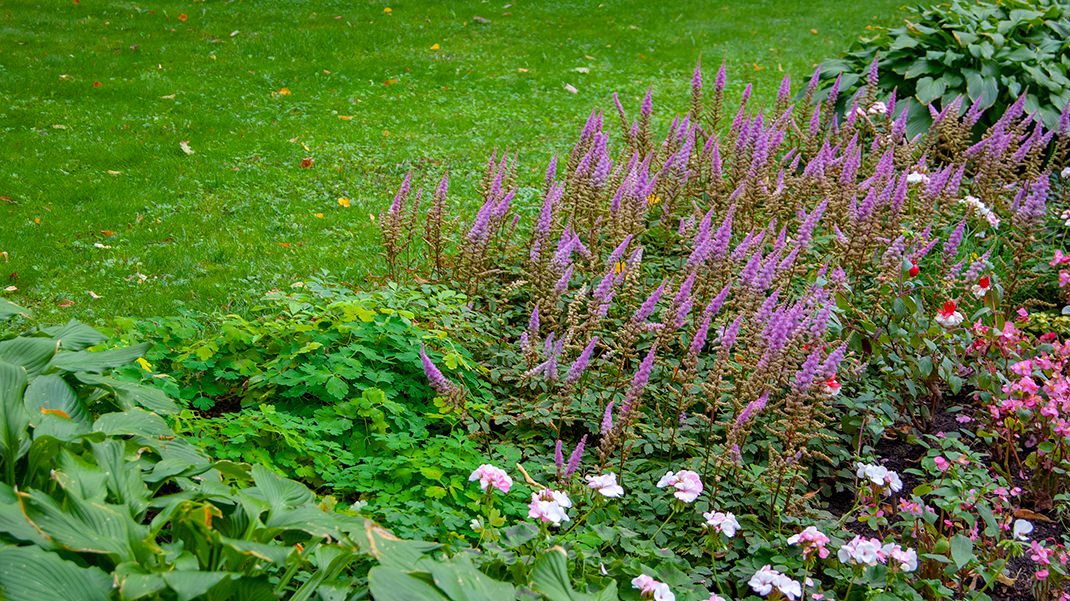
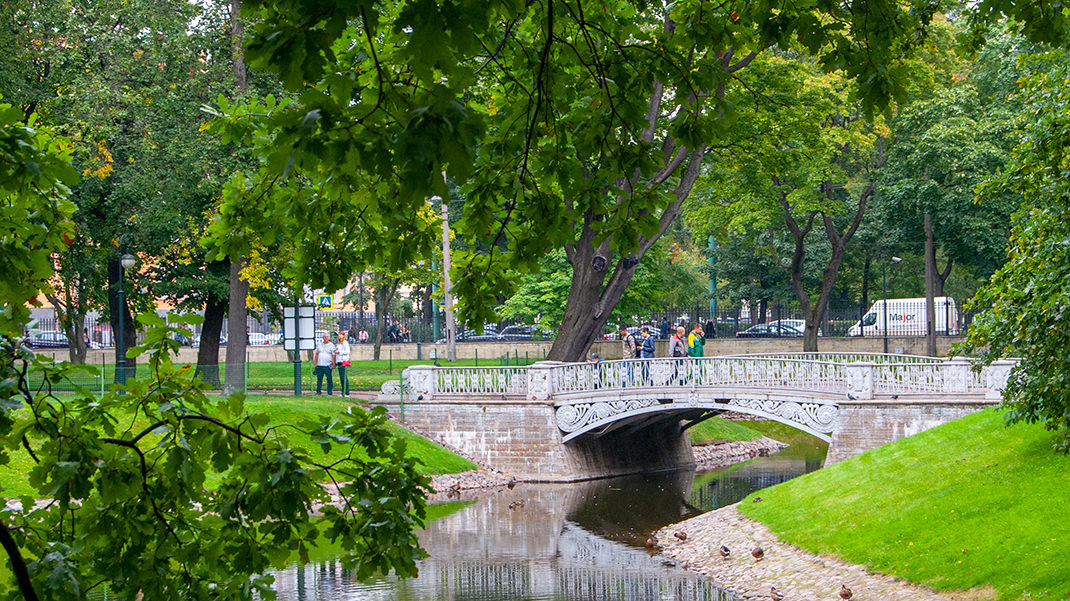
Nearby, you'll find some of Saint Petersburg's most famous landmarks—Summer Garden, Field of Mars, Engineers' Castle, and, of course, the city's main thoroughfare, Nevsky Prospekt.
In summary:
- A great place for a peaceful retreat;
- Opportunity to combine sightseeing with visits to other historic locations;
- Bicycles are not allowed in the park, but there is a bike parking area behind the guard booth.


